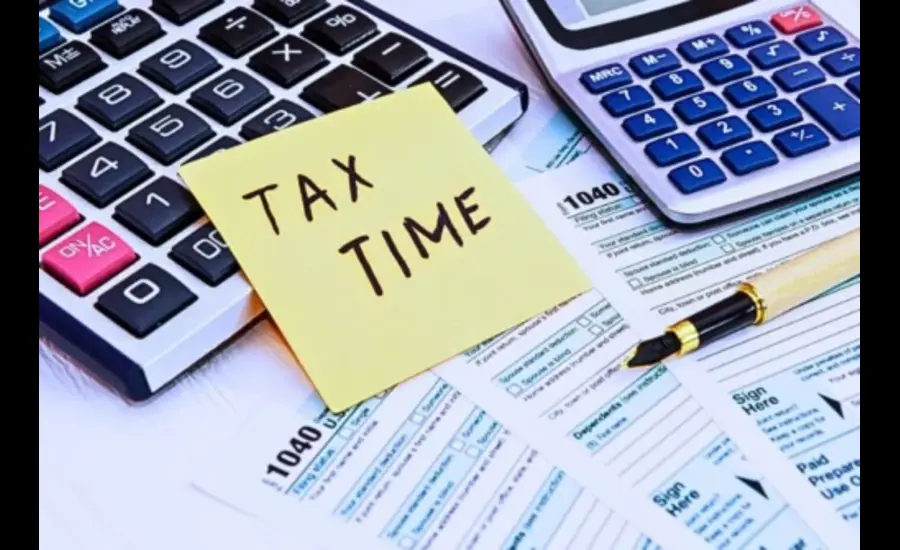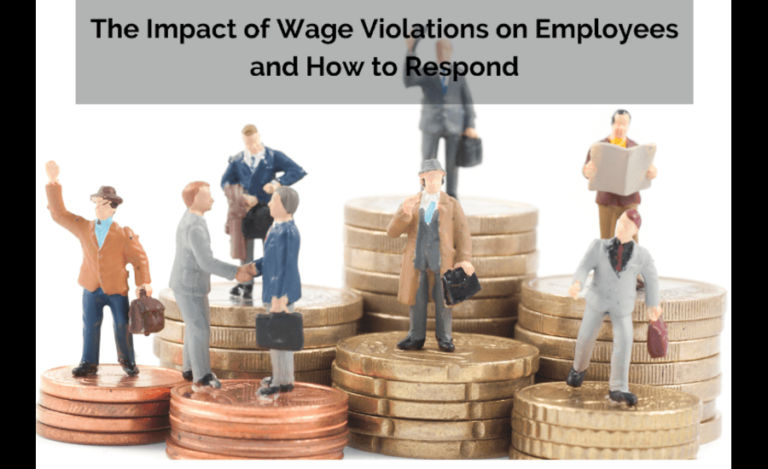What is IRS Form 12277? An In-Depth Explanation
Tax liens can be a significant burden, affecting your credit score and financial freedom. Fortunately, IRS Form 12277 offers taxpayers an opportunity to remove a federal tax lien under specific circumstances. This guide will explore the purpose, process, and strategies for effectively using IRS Form 12277, along with real-world examples and expert tips to help you navigate this essential part of tax resolution. Understanding how this form interacts with your tax situation, especially after receiving an IRS Final Notice, can significantly impact your financial recovery and peace of mind.
Overview of IRS Form 12277: Purpose and Importance
IRS Form 12277, officially known as the Application for Withdrawal of Filed Notice of Federal Tax Lien, plays a crucial role in the tax resolution process. A tax lien is the government’s legal claim against your property when you fail to pay a tax debt. This lien protects the government’s interest in your assets, including real estate, personal property, and financial accounts. The Notice of Federal Tax Lien is a public document that alerts creditors that the government has a legal right to your property.
The purpose of IRS Form 12277 is to request the withdrawal of this public notice of a lien. It’s important to understand that a withdrawal does not erase the debt itself; rather, it removes the public notice, which can significantly improve your credit score and financial standing. This can be especially helpful if you are looking to secure a loan, sell property, or remove the lien from your credit report. While the lien remains in effect until the debt is fully paid or settled through an IRS tax debt settlement, removing the public notice can alleviate some of the stigma and financial challenges associated with it.
When and Why You Should File Form 12277
You may consider filing Form 12277 if you’ve paid off your tax debt or are making regular payments under a Direct Debit Installment Agreement. This form is particularly beneficial if you are looking to improve your credit score, enhance your financial standing, or engage in significant financial transactions, such as buying a home or selling property.
In certain situations, filing Form 12277 can be strategic. For instance, if you’ve complied with an IRS Final Notice and taken steps to resolve your tax debt through an IRS tax debt settlement or an installment agreement, withdrawing the lien can signal to other creditors that the IRS no longer has a competing claim on your assets. This can make it easier to obtain credit or manage other financial obligations.
Detailed Explanation of What is Needed on Form 12277
Like most government forms, IRS Form 12277 requires specific information to process your request accurately and efficiently. The form is divided into several sections, each requiring detailed input:
- Taxpayer Information: This section requires your full legal name, Social Security Number (SSN) or Employer Identification Number (EIN), and current contact information. This basic information ensures that the IRS can correctly identify you and the lien in question.
- Representation Details: If you have authorized someone, such as an IRS tax agent or tax professional, to act on your behalf, their information must be included here. This includes their name, contact details, and the type of authorization they hold, such as Power of Attorney.
- Lien Information: You’ll need to provide specific details about the tax lien you are requesting to withdraw. This includes the document locator number, the date the lien was filed, and the office where it was filed. Accurate details in this section are crucial for the IRS to process your withdrawal request without delays.
- Reason for Withdrawal: In this section, you indicate why you are requesting the lien withdrawal. Common reasons include full payment of the tax debt, entering into a Direct Debit Installment Agreement, or other justifications such as an IRS error or a situation where withdrawing the lien would facilitate the collection of the tax debt.
Step-by-Step Instructions for Filling Out Form 12277
Completing IRS Form 12277 requires careful attention to detail. Follow these steps to ensure that your form is filled out correctly:
- Gather Necessary Documentation: Before you begin, collect all relevant tax records, including IRS notices, proof of payments, and any agreements with the IRS. Having these documents on hand will make the process smoother.
- Complete All Sections Accurately: Ensure that every section of the form is filled out accurately. Double-check the details, particularly the information about the lien and your taxpayer information. Errors can lead to delays or even rejection of your request.
- Review Your Reasons: Clearly state why you are requesting the withdrawal and support it with any available documentation. For example, if you’ve paid off your debt, include proof of payment.
- Submit the Form: Send the completed form to the IRS office specified in the instructions, or as directed by your IRS tax agent. Keep copies of everything you submit for your records.
Strategies for Successfully Using Form 12277 to Withdraw a Federal Tax Lien
To maximize your chances of successfully withdrawing a federal tax lien using Form 12277, consider the following strategies:
- Ensure Eligibility: Before applying, confirm that you meet all the criteria for a lien withdrawal. If you’ve paid your debt in full or entered into a Direct Debit Installment Agreement, you are likely eligible.
- Maintain Compliance: Stay compliant with all IRS filing and payment requirements. Demonstrating consistent compliance strengthens your case and increases the likelihood of your withdrawal request being approved.
- Document Communication: Keep detailed records of all communications with the IRS regarding your lien and withdrawal application. This documentation is crucial if there are any disputes or if the IRS requests additional information.
Common Errors and Misconceptions to Avoid with Form 12277
When dealing with Form 12277, there are several common errors and misconceptions that can hinder your efforts:
- Misunderstanding the Effects of a Lien Withdrawal: A common misconception is that withdrawing the lien clears the debt. It’s important to understand that the withdrawal only removes the public notice of the lien. The underlying tax debt remains until it is paid in full or settled through an IRS tax debt settlement.
- Incorrectly Filling Out the Form: Errors in completing the form, such as providing incorrect lien details or failing to complete all required sections, can lead to delays or denial of your request. Ensure all information is accurate and complete.
- Not Understanding the Criteria: Some taxpayers mistakenly believe they can withdraw a lien simply by requesting it. However, specific criteria must be met, such as paying off the debt or entering into an agreement with the IRS.
How Form 12277 Fits into the Bigger Picture of Tax Resolution
Form 12277 is just one piece of the larger tax resolution puzzle. While it helps remove the public notice of a lien, it’s only one step in resolving your tax issues. You may need to explore additional IRS programs like installment agreements or offers in compromise to address the underlying tax debt.
For instance, if you’ve received an IRS Final Notice indicating that a levy or lien will be placed on your property, Form 12277 might be used after you’ve settled your debt or entered into a tax debt settlement plan. Understanding how this form fits into the overall tax resolution process can help you navigate your way to financial stability.
Pro Tips: Using Form 12277 with Michael D. Sullivan
According to Michael D. Sullivan, a former IRS agent with extensive experience, handling Form 12277 requires thorough preparation, attention to detail, and clear communication with the IRS. He advises taxpayers to be proactive in the process, ensuring that they fully understand their rights and responsibilities. Sullivan also recommends consulting with a tax professional to avoid common pitfalls and ensure the best possible outcome.
Case Studies: Real-Life Applications of Form 12277
Consider the case of a small business owner who had a tax lien placed on his property due to unpaid taxes. After paying off the debt through a structured installment agreement, he filed Form 12277 to withdraw the lien. The successful withdrawal allowed him to secure a business loan that had previously been denied due to the lien on his credit report.
In another scenario, a homeowner facing the sale of his property needed to clear a tax lien to proceed with the sale. By successfully completing and submitting Form 12277, he was able to remove the lien, facilitating the property sale and resolving his tax obligations.
Getting Professional Help: How MD Sullivan Tax Group Can Assist
Navigating Form 12277 and the associated legal complexities can be challenging. This is where professional help, such as from MD Sullivan Tax Group, becomes invaluable. Their team, which includes former IRS agents, can provide expert guidance, manage the necessary paperwork, and communicate effectively with the IRS on your behalf. This professional assistance can significantly increase the likelihood of successfully withdrawing a tax lien and achieving your financial goals.
Conclusion
IRS Form 12277 offers a practical solution for taxpayers seeking to withdraw a federal tax lien, helping to alleviate some of the financial burdens associated with tax debts. By understanding and strategically using this form, you can take significant steps toward resolving your tax issues and improving your financial health. Whether you choose to handle the process on your own or with the assistance of a seasoned tax professional like those at MD Sullivan Tax Group, effective management of Form 12277 is a critical component of your broader tax resolution strategy.






